新品未使用 イケア シンク 排水パイプ
(税込) 送料込み
商品の説明
ご覧いただきありがとうございます!
新品未使用ですが段ボールから出して保管してました。
イケアのシンクと排水パイプのセットです。
キッチン改装用に購入しましたが、使わずに引っ越すことになりました。
diy
ikea
洗面台
洗面所商品の情報
| カテゴリー | 家具・インテリア > ケース・ボックス・コンテナ |
|---|---|
| ブランド | イケア |
| 商品の状態 | 未使用に近い |

TVÄLLEN トヴェレン 洗面ボウル 排水トラップ付き, ホワイト, 44x43 cm

RÄNNILEN レンニーレン 排水トラップ 1ボウルシンク用

新品未使用 イケア シンク 排水パイプ - ケース/ボックス

RÄNNILEN レンニーレン 排水トラップ 1ボウルシンク用

LILLVIKEN リルヴィーケン 排水トラップ/ストレーナー 1ボウル用 - IKEA
新品未使用 イケア シンク 排水パイプ - 収納家具

シンク用パーツ - IKEA

キッチンシンク排水トラップ交換|NAKADA Shugo

LILLVIKEN リルヴィーケン 排水トラップ/ストレーナー 1ボウル用 - IKEA

新品未使用 イケア シンク 排水パイプ - 収納家具
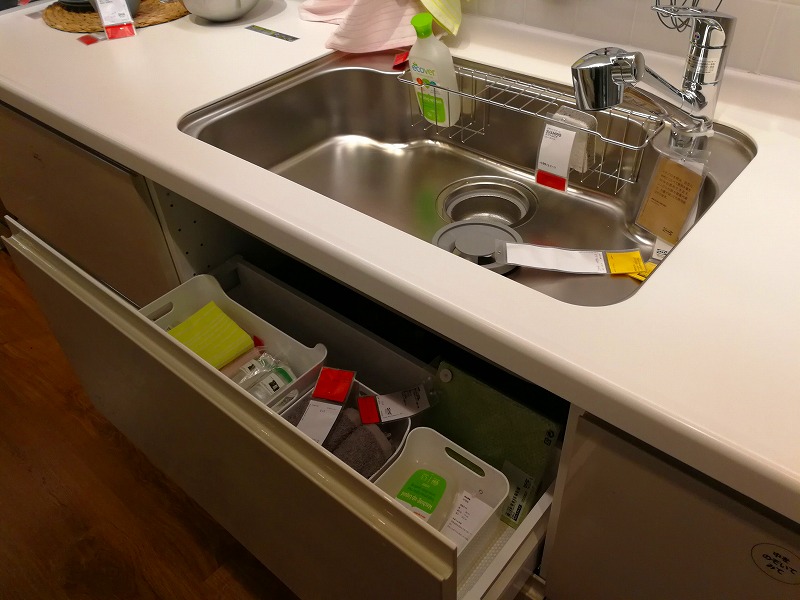
ディスポーザーの設置・イケア IKEA - ディスポーザー専門店 | 修理や
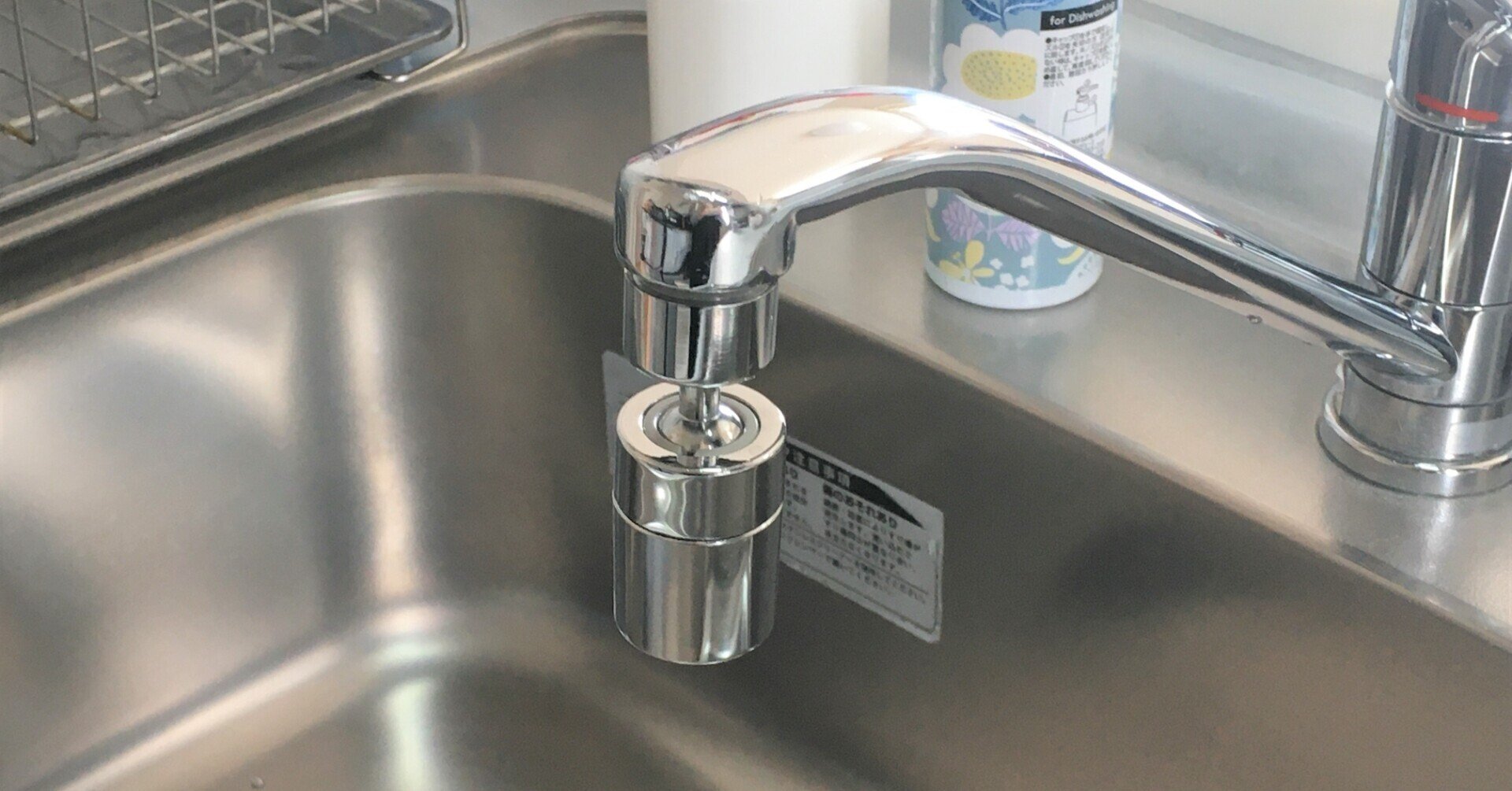
新品未使用 イケア シンク 排水パイプ - 収納家具

新品未使用 イケア シンク 排水パイプ - 収納家具

ディスポーザーの設置・イケア IKEA - ディスポーザー専門店 | 修理や

キッチンシンク(パーツ)|IKEA【公式】家具・インテリア雑貨通販 - IKEA
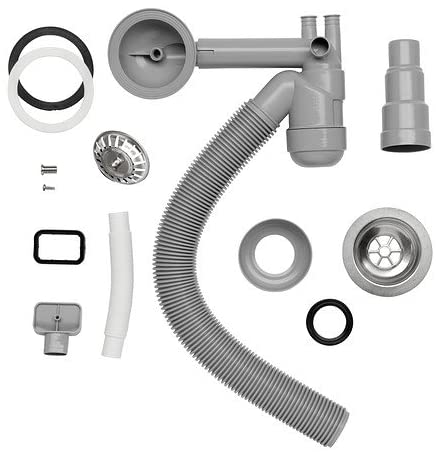
毎日が日曜大工 何か楽しいこと探そう! | SSブログ

IKEAのキッチンはやっぱりオシャレ!ただ、問題の排水トラップの解決法

IKEAのキッチンはやっぱりオシャレ!ただ、問題の排水トラップの解決法

SALJEN サルイェン 洗面台用混合栓, ブラック - IKEA
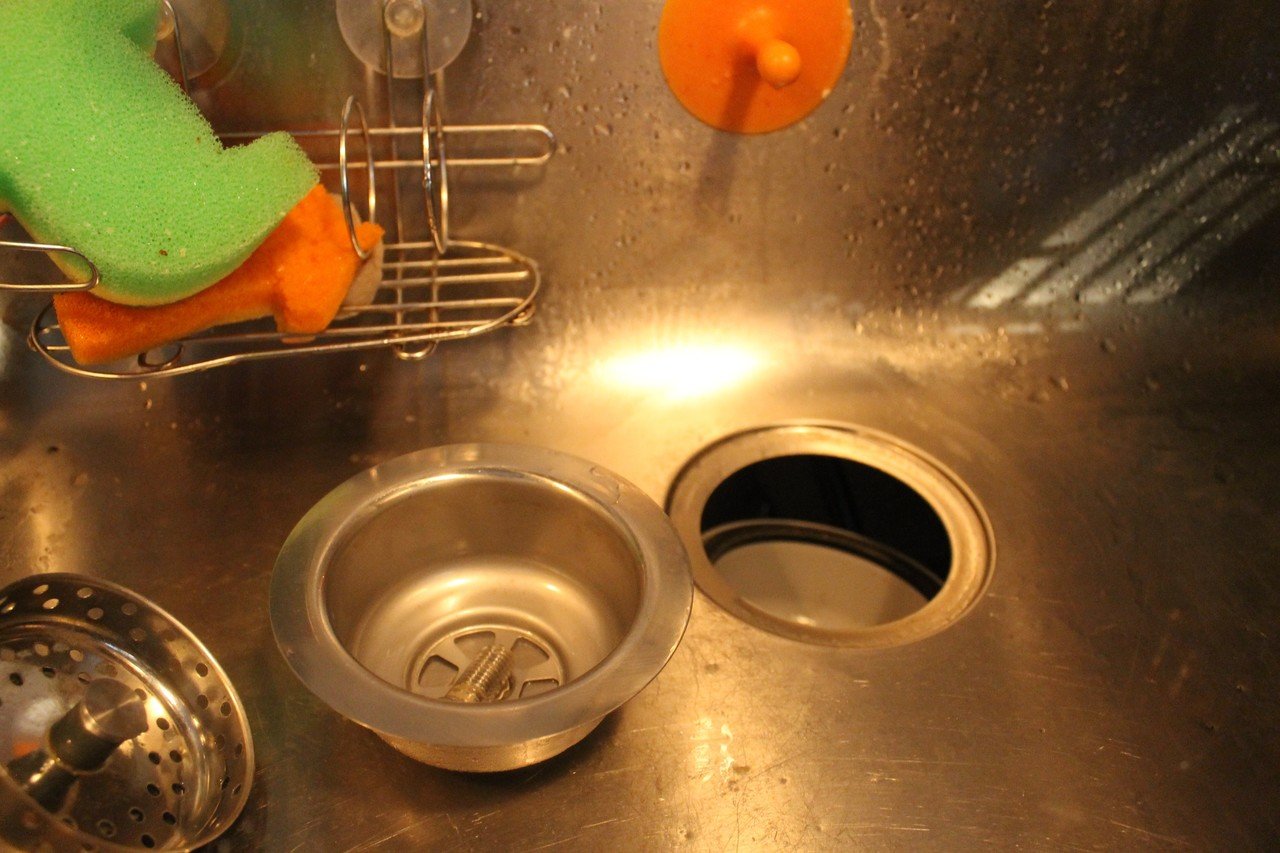
キッチンシンク排水トラップ交換|NAKADA Shugo

楽天市場】シンク下 収納 伸縮式 2段 ワイド 排水管をよけて設置できる

キッチンシンク(パーツ)|IKEA【公式】家具・インテリア雑貨通販 - IKEA

キッチン排水管の掃除 - ニセコ移住を夢見て
![楽天市場】[特典付き] 山崎実業 【 伸縮シンク下ラック 2段 タワー D40](https://tshop.r10s.jp/yamayuu/cabinet/01023319/04410742/06960920/yj-4948_sam03.jpg)
楽天市場】[特典付き] 山崎実業 【 伸縮シンク下ラック 2段 タワー D40

キッチンシンク(パーツ)|IKEA【公式】家具・インテリア雑貨通販 - IKEA

シンク下を有効活用!扉タイプ・引き出しタイプの収納アイデア60選

キッチンシンク(パーツ)|IKEA【公式】家具・インテリア雑貨通販 - IKEA
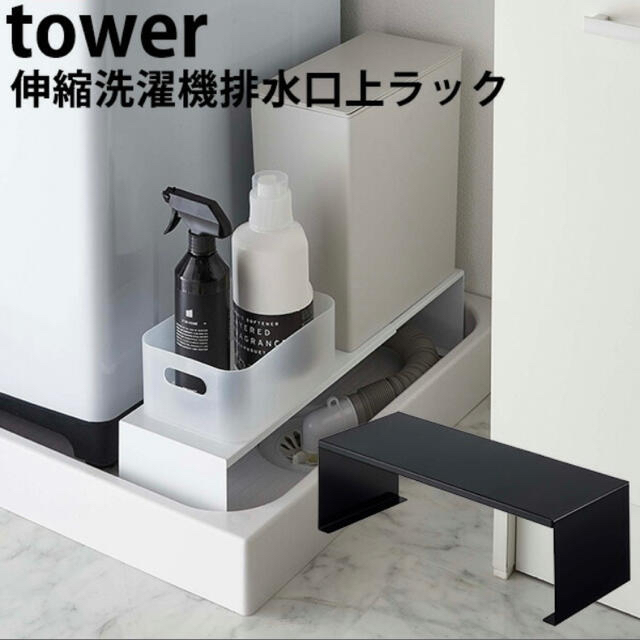
IKEA - 【新品/未開封】伸縮洗濯機排水口上ラック タワー tower 山崎

シンク用アクセサリー|IKEA【公式】家具・インテリア雑貨通販 - IKEA
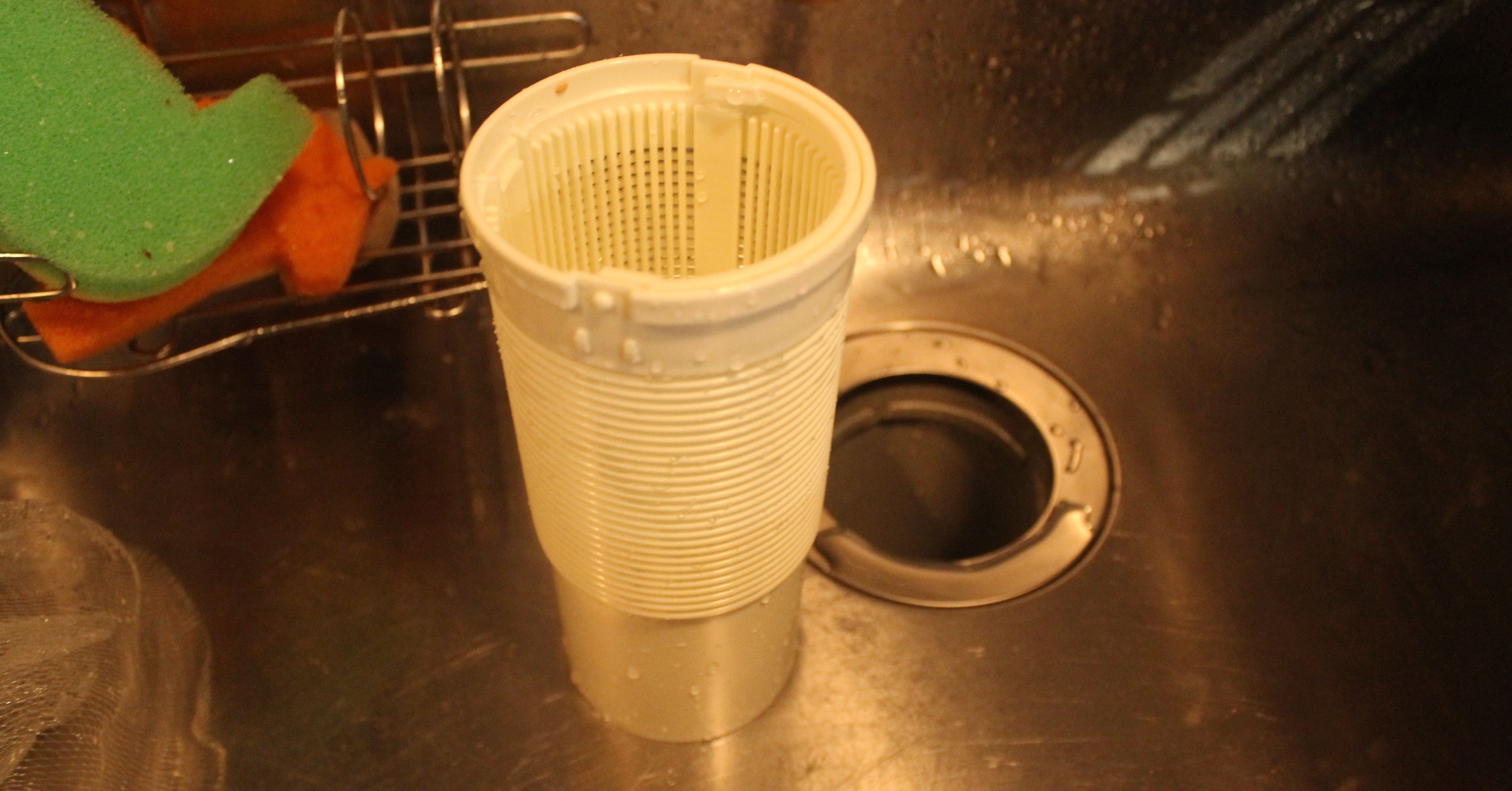
キッチンシンク排水トラップ交換|NAKADA Shugo

超目玉価格 新品!業務用 二層シンク 排水パイプ LIXIL | www

IKEAシンク排水トラップのその後|NAKADA Shugo

ディスポーザーの設置・イケア IKEA - ディスポーザー専門店 | 修理や

WOONEKY 縦樋 継手 シンク 排水管 パイプ 継手 シンク 供給 シンク 排水管 パイプ アダプター ハード チューブ ダーク グレー Pp プラスチック ネジ 排水 パイプ 分岐 コネクタ

シンク用パーツ - IKEA
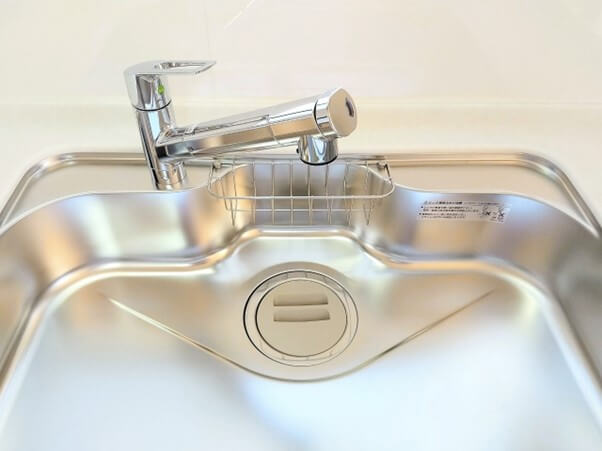
キッチンの排水口つまりを自分で直す方法7選 原因や予防方法も紹介
排水口 洗剤 キッチン ぬめり取り つまり バイオ 洗浄剤 消臭 消臭力

キッチンシンク(パーツ)|IKEA【公式】家具・インテリア雑貨通販 - IKEA

造作フレーム洗面台 IKEAミキシングレバー付 その他家具 あけぼの工務

排水口が臭い!ニオイの原因と今すぐできる対策、掃除方法とは










商品の情報
メルカリ安心への取り組み
お金は事務局に支払われ、評価後に振り込まれます
出品者
スピード発送
この出品者は平均24時間以内に発送しています














